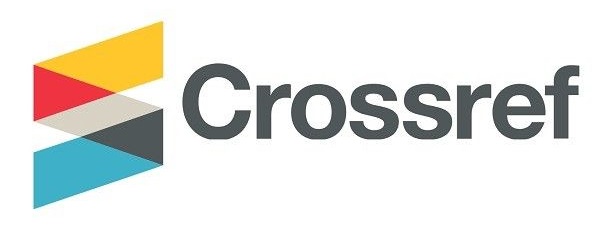Determination of Weed Control Efficiency of Pre-Rice Cropping Cassava/Legume Intercrops and Different Weed Management Practices in Low Land Rice at Badeggi Central Nigeria
DOI:
https://doi.org/10.37745/bjmas.2022.0256Abstract
The experiment was conducted at the lowland experimental field of National Cereals Research Institute, Badeggi. (90 45N, 600 7E, Alt, 70.57 m) in the Southern Guinea Savannah Agro-ecological zone of Nigeria in 2020-2022 cropping seasons The study was to evaluate the effect of pre-rice cropping cassava/legume intercrops and different weed management practices on weed control efficiency, growth and productivity of low land rice. The trial was conducted in two stages. The first (preceding intercropping) The treatments consisted of Mucuna puriens, Cowpea, Soybean, Lablab purpureus and Aeschynomene histrix that were intercropped with cassava (IIT 427 variety), sole cassava and natural fallow were also included as treatments. These were laid out in a Randomized Complete Block Design and replicated three times. Cassava/legume intercropping was carried out in January using residual moisture on raised beds that were prepared manually. Plot size used was 12.5 x 5 m with alley way of 0.5 m. Beds were constructed at 2.5 m long, 0.5 m wide and 0.75 m high. Planting of Cassava was done on the top sides of beds in two rows with the intra-row spacing of 0.5 (ten stands per bed) and planting of legumes were 0.5 m x 9.25 inter and intra-row spacing respectively except for soybean which was planted drilled at 5 cm intra row spacing immediately the beds were constructed. The cassava/legume cropping was harvested in August The second trial was the planting of rice on the plots previously cropped with cassava/legume intercrops. The trial was laid out in split plot design. Cassava/legume intercrop systems were allocated to the main plot, while weed management practices:- (i) Application of 4. 0 (propanil at 1.44 kg a.i. ha-1 plus 2,4 D at 0.80 kg a.i ha-1 ( Orizo plusR, at the rate of 2.24 kg a.i ha-1 at 3 weeks after transplanting (WAT) followed by hand weeding at 6 WAT (ii) two hand weedings at 3 and 6 WAT (iii) one hand weeding at 3 WAT, and (iv) weedy check were put into the sub plots with size of 12.5 x 5 m for main plots while and sub plot size was 3 x 5 m three replications. The results of treatments indicated that rice planted after cassava/Mucuna, cassava/Aeschynomene intercrops under two hand weeding and herbicide followed by one hand weeding produced lower density and dry matter. Weed control efficiency was higher in rice planted after cassava/mucuna intercrop. Weed reduction percentage range from 25-45 %, 30-50 % and 45-65 % in rice grown after cassava/legume intercrop compared to rice after fallow in 2011, 2012 and 2013 respectively. Higher rice plant height, higher number of rice tiller/stand were recorded in rice grown after cassava/Mucuna, cassava/Aeschynomene. Rice panicles per m2 and rice grain yield were increased by 72.9%, 83.6% and 84.1% in 2011, 2012 and 2013, respectively, with two hand weeding when compared with zero weeding. Rice planted after natural fallow under zero weeding produced higher weed density which resulted in poor rice performances. Rice planted after cassava Mucuna consistently controlled weed growth while cassava/cowpea and cassava Aeschynomene performed much better in rice production hence should be adopted as cropping systems for farmers
Downloads
Downloads
Published
Versions
- 04-08-2023 (2)
- 04-08-2023 (1)












